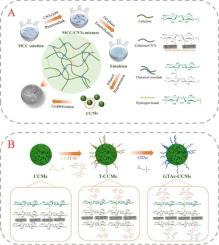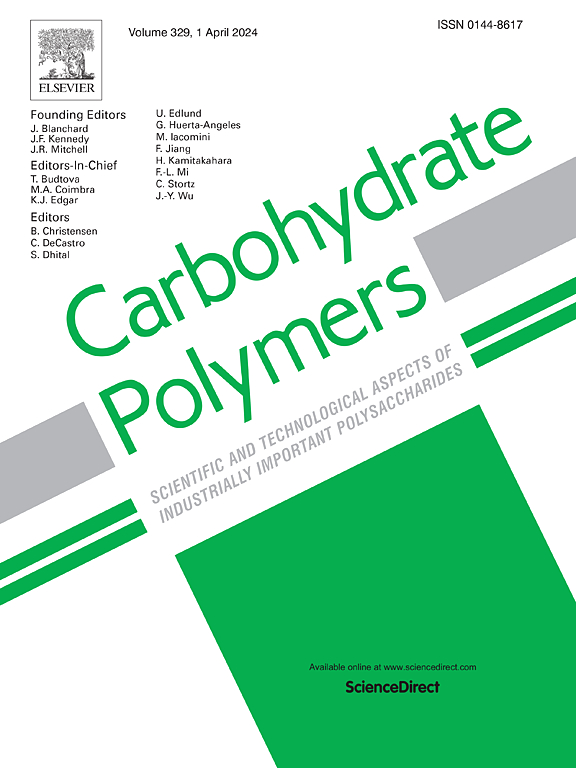The burgeoning requirement for purified biomacromolecules in biopharmaceutical industry has amplified the exigency for advanced chromatographic separation techniques. Herein, macroporous cellulose microspheres (CCMs) with micron-sized pores are produced by a facile regulation via carbon nanotubes (CNTs). In this strategy, the incorporation of CNTs breaks the homogeneous regeneration of the cellulose, thus providing anisotropic phase force to produce macropores. The CCMs have manifested a faster mass transfer rate and more available adsorption sites owing to well-defined macropores (2.69 ± 0.57 μm) and high specific surface area (147.47 m2 g−1). Further, CCMs are functionalized by quaternary ammonium salts (GTAc-CCMs) and utilized as anion adsorbents to adsorb pancreatic kininogenase (PK). The prepared GTAc-CCMs show rapid adsorption kinetics for PK at pH 6.0, reaching 90 % equilibrium within 60 min. Also, GTAc-CCMs for PK exhibit high adsorptive capacity (632.50 mg g−1), excellent recyclability (> 80 % removal amount after 10 cycles) and selectivity especially at pH 6.0. Notably, the GTAc-CCMs have been successfully applied in a fixed-bed chromatography process, indicating their potential as an effective chromatographic medium for rapid separation of biomacromolecules.

| 公司名称 | 产品信息 | 采购帮参考价格 | |
|---|---|---|---|
| 阿拉丁 | Dextran-40 |
|
¥30.00~¥99614.19 |
| 上海源叶 | Bovine serum albumin |
|
¥27.00~¥90727.36 |
| Sigma | Microcrystalline cellulose |
>99%
|
¥18.00~¥18898.00 |
| 上海源叶 | Bovine hemoglobin |
|


